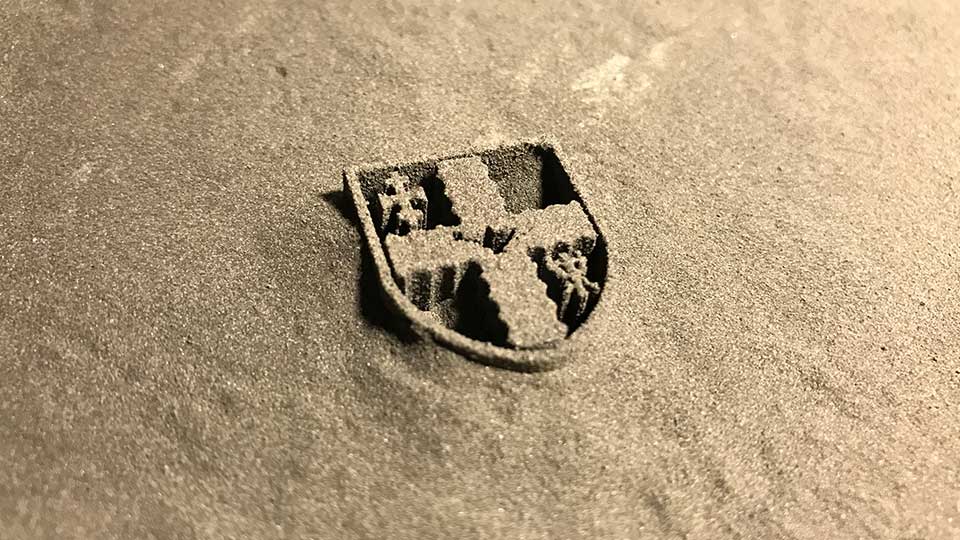6 Aug 2019
Return to the moon? 3D printing with moondust could be the key to future lunar living
The entire Apollo 11 mission to the moon took just eight days. If we ever want to build permanent bases on the moon, or perhaps even Mars or beyond, then future astronauts will have to spend many more days, months and maybe even years in space without a constant lifeline to Earth.
The question is how would they get hold of everything they needed? Using rockets to send all the equipment and supplies for building and maintaining long-term settlements on the moon would be hugely expensive.
This is where 3D printing could come in, allowing astronauts to construct whatever their lunar colony needed from raw materials.
Much of the excitement around 3D printing in space has focused on using it to construct buildings from lunar rock.
But my research suggests it may actually be more practical to use this moondust to supply lunar manufacturing labs turning out replacement components for all sorts of equipment.
Technically known as additive manufacturing, 3D printing comprises a sophisticated group of technologies that can produce physical products of almost any shape or geometrical complexity from digital designs.
The technology can already make things from a huge palette of materials including metals, ceramics and plastics, some of which can be used to make space-grade equipment.
3D printing also has the added benefit of working with minimal human involvement. You can just set it to print and wait for the finished product. This means it can even be operated remotely.
In theory, you could send a 3D printer to the moon (or any other space destination) ahead of a human crew and it could start manufacturing structures before the astronauts even arrived...
Dr Thanos Goulas, of the School of Mechanical, Electrical and Manufacturing Engineering, discusses 3D printing in space in The Conversation. Read the full article here.















